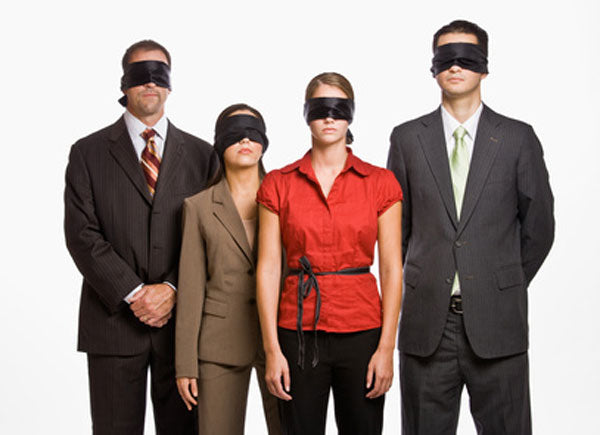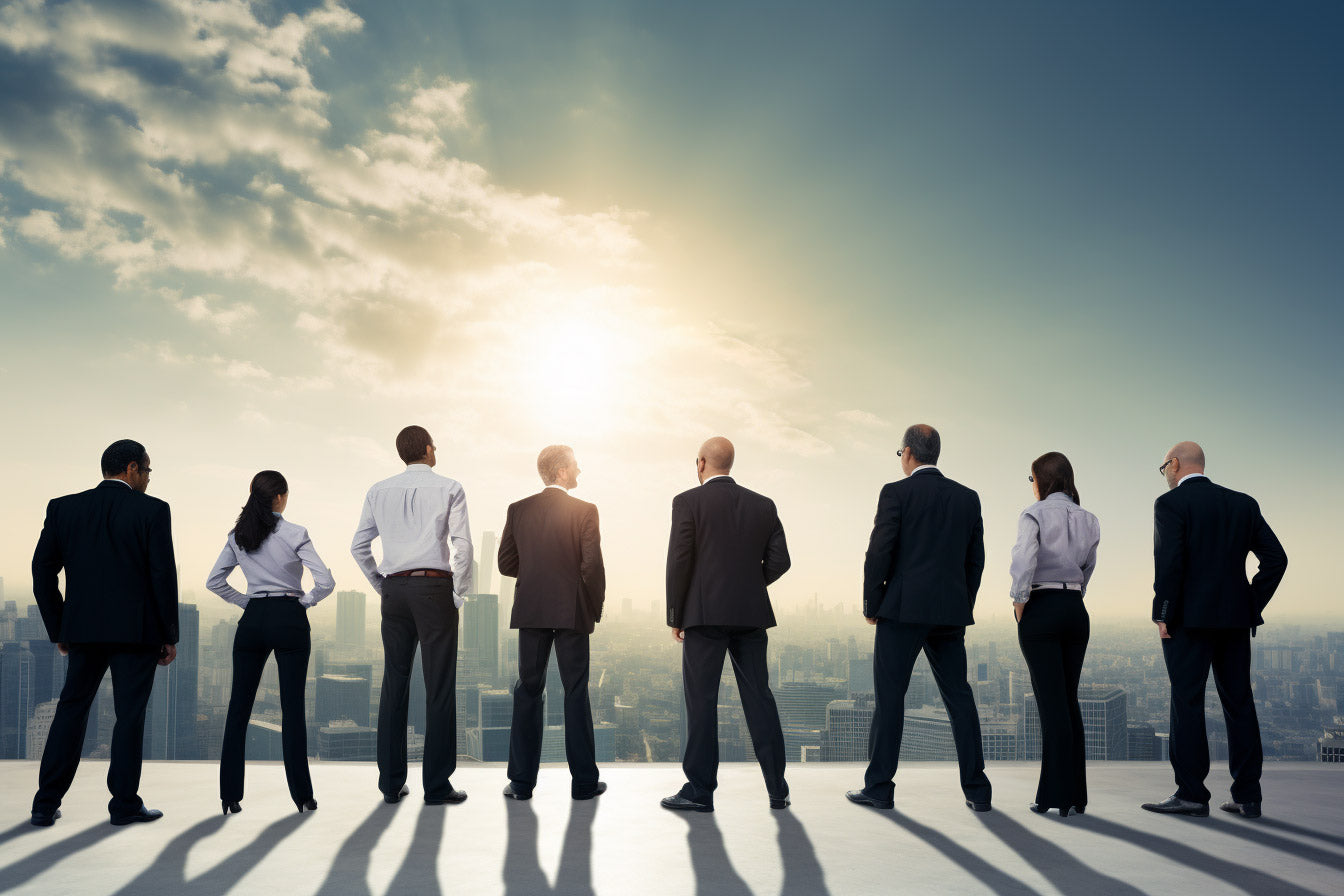Purpose
This fun team building activity focuses on engaging team members in a creative and problem-solving environment, emphasising effective communication and planning. Teams will work together to create specified shapes and structures with ropes. It helps strengthen teamwork, communication, and leadership skills in a setting that requires strategic thinking and collaboration.
Objective
A series of Basic Shapes are given to teams, and they are tasked to lay out a rope in this shape. The challenge is to achieve the goal based on instructions received from strategists who are the only people who know how the shapes look like. It requires interaction, working together with precise verbal communication and collaboration.
What You Need
- A 10m or 15m rope for each of the three groups. Use a larger rope if you have larger groups.
- Pens and papers for each group. Only the two strategists of each group need this.
- A large open space, either indoors or outdoors.
- Cones or markers to outline the working areas for each group.
- Six or more drawn geometric shapes (Basic Shapes). Each Basic Shape should be presented on a separate paper. You need to distribute one shape to each group’s strategists. You can set the difficulty of the task by controlling how complex these basic shapes are. Each shape is made with a single rope. Examples are shown below:
Setup
- Divide the participants to three groups of about eight to ten members each. Remember to select appropriate rope length based on group sizes so the rope is not too long or too short for a given task.
- Ask each group to nominate two members in their group acting as strategists.
- Outline the exercise’s objectives and discuss the importance of clear communication, strategic planning, and leadership within teams.
Task 1: Shape Creation
- Isolate the strategists of each group from the rest of their groups.
- Assign a geometric shape to each group that they should create with their rope. To do this, hand over one of the Basic Shapes to the two strategists of each group. No one else but the specific strategists should see the shapes.
- The challenge is that since only the strategists know what shape their team must create, they should formulate a way to communicate this with their teams. They cannot show the shape to their team. They must verbally communicate with their team to arrange the rope into the correct shape without handling the rope themselves. They can observe and give verbal feedback.
- So, the rules are that:
The strategists cannot touch the ropes.
The strategists cannot show the Basic Shape given to them or redraw it or draw part of it for their teams.
In this task, the strategists from difference teams cannot communicate with each other either. Each group should work independently on their assigned task.
- Allocate a maximum set time such as 20 minutes for this part and indicate it is a race to add time pressure.
- After the allocated time, stop all groups even if they have not finished their tasks.
- Let each team review their performance. The strategists can now reveal what shapes they were trying to get their teams to create and should then discuss how well their communication went. They should use this as opportunity to discover ways to improve their performance for the next task.
- It is a good idea to take pictures of the shapes they have crated with their ropes for refence and progress documentation.
- Allocate 10 minutes for this discussion.
Task 2: Combined Shapes
- Get groups to retrieve their ropes, reset the area and get prepared for the next task.
- Collect the Basic Shapes used in Task 1. Shuffle them with the remainder of the Basic Shapes you have and distribute one at random to each group’s strategists as before. Make sure no group gets the same shape they got in Task 1. Get them to follow the rules as before, so the shapes remain a secret from the rest of the team.
- Inform groups that they must now collaboratively create a more complex combined shape using their Basic Shapes.
- This time, the strategists from each team can interact with the strategists of other teams and should decide on a Combined Shape. To do this, Isolate the strategists from the rest of the team members so they are not overheard. It is up to the strategists to decide how this Combined Shape is drawn. They can use paper and pen to finalise their design. All strategists from all groups should work together on this. The Combined Shape should consist of the three Basic Shapes given to them, superimposed on each other with a specific rotation, position and scale as desired. Here are some examples:
- Each group should still follow to create their own specific Basic Shape assigned to their strategists. The shapes made by the three groups are now combined in the same space to create a more complex shape.
- As before, the strategists are only allowed to communicate with their teams verbally. They should get their teams to create their designated Basic Shape in the specific desired location based on their grand plan with their ropes.
- Only the strategists of each team can give instructions to their own team members. The strategists from other teams cannot give instructions to those who are not part of their teams.
- Of course, this time, the orientation, rotation and scale matter as each team’s shape should be positioned correctly in relation to other teams’ shapes. They should create the grand Combined Shape decided by the strategists.
- The aim is therefore to get the teams collaborate while getting coordinated by the six strategists (two from each group). This allows you, as the trainer, to explore a variety of topics such as problem solving, teamwork, management, communication skills, feedback control, error checking, motivation, conflict management and working under pressure.
- Allocate about 30 minutes for this part.
- Follow with a discussion.
Timing
Explaining the Exercise: 10 minutes
Activity:
- Task 1 (Shape Creation Activity): 20 minutes.
- Task 1 (Shape Creation Discussion): 10 minutes.
- Task 2 (Combined Shapes Activity): 30 minutes.
- Task 2 (Combined Shapes Discussion): 10 minutes.
Group Feedback: 20 minutes
Discussion
After the activities, lead a discussion on the processes, the challenges encountered, the effectiveness of the communication and leadership strategies employed, and the lessons learned. Consider the following:
- How did the communication strategies affect the team’s performance?
- What leadership qualities were most effective during the exercise?
- How did the team address and overcome obstacles?
- What insights from this exercise can be applied to real-world team scenarios?
- What was most challenging?
- If you could do this exercise again, would you approach it differently? How?
Variations
- Rotate roles. After completing the first task, rotate roles among team members to give new people the experience of being a strategist.
- Choose the strategists yourself. Rather than getting teams to nominate the strategists, you can decide this yourself based on the training needs.
- Use one strategist rather than two per each team. Now there is just a single task manager allowing you to explore leadership skills scenarios more directly. This can however put a lot of pressure on a single person, so decide based on your specific delegates.
Soft Skills Training Materials
Get downloadable training materials
Online Train the Trainer Course:
Core Skills
Learn How to Become the Best Trainer in Your Field
All Tags
Training Resources for You

Course Design Strategy
Available as paperback and ebook

Free Training Resources
Download a free comprehensive training package including training guidelines, soft skills training activities, assessment forms and useful training resources that you can use to enhance your courses.

Our Comprehensive Guide to Body Language

Train the Trainer Resources
Get Insights - Read Guides and Books - Attend Courses
Training Materials
Get downloadable training materials on: Management Training, Personal Development, Interpersonal Development, Human Resources, and Sales & Marketing

















Leave a comment
All comments are moderated before being published.
This site is protected by hCaptcha and the hCaptcha Privacy Policy and Terms of Service apply.